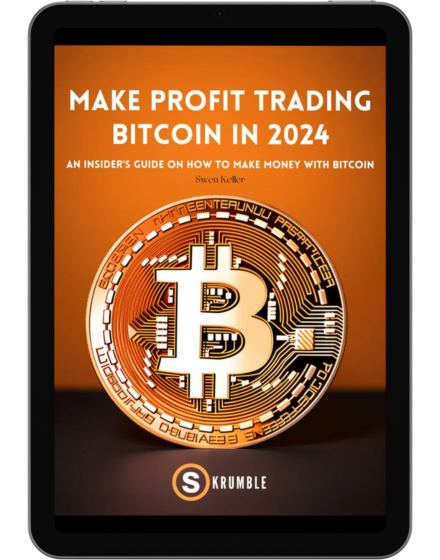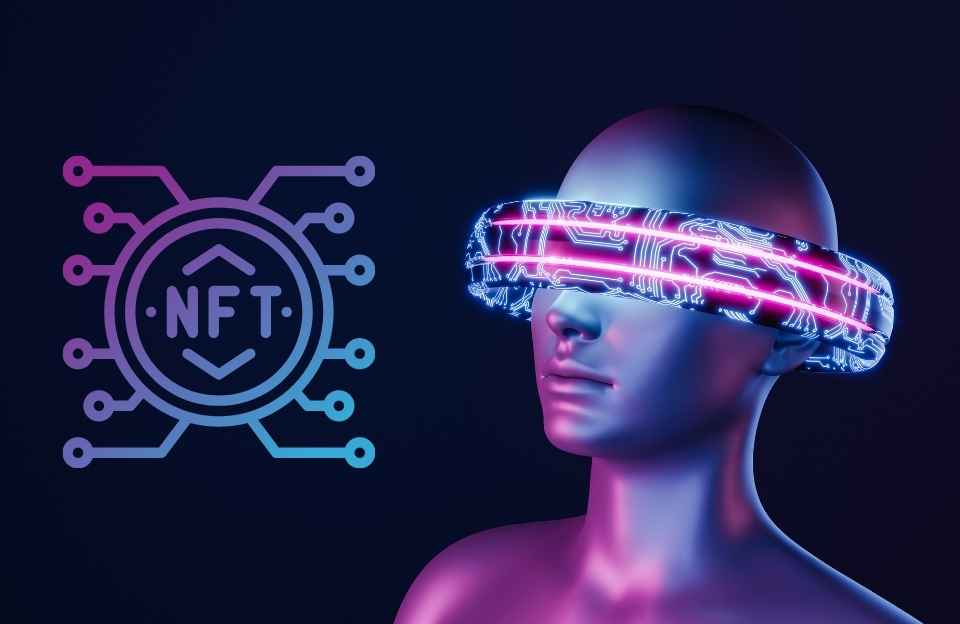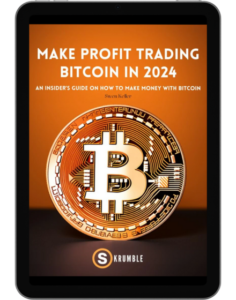Carla Moretti
What is Token in Cryptocurrency? Token Explained
Carla Moretti

The word ‘token’ has a variety of meanings in the cryptocurrency world, and it is interchangeably used to refer to a lot of different things, which can make its meaning a little confusing.
What is Token in Cryptocurrency?
In most common contexts, a crypto token is used to refer to a cryptocurrency or a digital asset. It can be used to refer to any cryptocurrency, even Ethereum and Bitcoin (although things get a little finicky here). It is also used to represent crypto assets that run on top of other cryptocurrency’s blockchain technologies.
Crypto tokens are then further divided into two types of categories: fungible tokens and non-fungible tokens. In plain words, a fungible token is a crypto token that can have multiple copies, like a cryptocurrency. For example, there is no one unique Bitcoin token – there are millions of them.
A non-fungible token, conversely, is a one-of-a-kind crypto token. The term is usually abbreviated to NFT and is used to represent unique assets like art, land, and other items. There are a lot of key terms here that we need to understand as we move forward.
Digital Assets are Crypto Tokens
In most cases, the term crypto token is used to refer to a digital asset built on top of another blockchain. Back in the days of Bitcoin, there was no such concept. The 1st generation of blockchain technologies were designed to be disruptive just for the sake of disruption and to replace conventional currencies.
The concept evolved over time in the second-generation blockchain technologies. When Ethereum stepped into the game, things changed quickly and drastically. Ethereum did not want to replace the conventional financial system, however; rather, it wanted to work in tandem with the existing setup by creating a system that could bridge the gap between traditional systems and the emerging blockchain world.
The first thing that Ethereum introduced was smart contacts. It is a self-executing piece of contract that binds the signers of the contract to certain conditions that they have to fulfil. It takes assets and holds them as security against both parties. Since the smart contract is digitally signed on the blockchain, it is virtually impossible to breach it and if either party tries to do so, they automatically lose their assets since they are tied up in the contract. These are applied to a variety of uses like decentralized finance (DeFi), gaming, and other applications.
There are various types of crypto tokens built on an existing blockchain, like utility tokens, security tokens, and governance tokens, that allow token holders to participate in different ways. Digital assets don’t have their own blockchain and work on an existing blockchain network. They can exist as decentralized exchanges and representations of a real world assets or traditional securities that are unique assets.
As an example of how crypto tokens work, take a look at the Ethereum blockchain. The native cryptocurrency of Ethereum is Ether or ETH, but there are a lot of other platforms that have built themselves on top of the Ethereum blockchain technology. DAI and LINK, for instance, are two of the most popular crypto tokens today that function on the Ethereum blockchain. Let’s take a look at each of these, and see how they function.
Different Types of Crypto Tokens
MakerDAO

MakerDAO is a decentralized application based on the Maker Protocol. DAI is a stablecoin that attempts to maintain a 1-to-1 ratio peg to the US dollar.
A stablecoin is the blockchain world’s fiat currency. Since the crypto market itself experiences a lot of volatility, it becomes vital to have currencies that are stable in nature so that people can use them as long-term/transitional stores of value while they make their investments.
DAI is built as a decentralized application on top of the Ethereum blockchain. Since DAI operates on the Ethereum blockchain, it is easy to transfer it anywhere in the world, to anyone, without the need of involving third parties.
There are a lot of other stablecoins out there, like Tether and USDC, but they are mostly centralized whereas DAI is decentralized. It was launched in 2014 by Danish Rune Christenen in a project called MakerDAO. By 2015, Christenen gathered a team to launch MakerDAO’s protocol that would be guided by the ethos of providing stability to the cryptocurrency world. The organization itself is maintained by its crypto token called Maker (MKR).
Chainlink (LINK)

Chainlink is a type of middleware platform built on Ethereum. It enables blockchain-based applications and smart contracts to connect with external data. LINK is known to be an Oracle Network that allows hybrid smart contracts. The hybrid smart contracts in turn allow companies and businesses to connect to major networks like Cardano and Ethereum. It supports a decentralized data feed that collects data from all types of sources for enacting smart contracts. Applications that require randomness to be generated with cryptographic means can also use LINK.
Chainlink has a lot of other applications. It can automate smart contracts for enterprises that require smart contracts to be executed based on the occurrence of certain events. It also serves as a bridge between major blockchain technologies. Chainlink plans to grow beyond its current limitations and provide virtually limitless means of porting data to the blockchain. It currently has more than 1,000 projects on its platform that are more than $75 billion in value.
Non-Fungible Tokens

The last type of crypto token that needs to be discussed here in the larger context of tokens is non-fungible tokens. Non-fungible tokens are unique assets identifiable by their unique identification codes and metadata. They represent real world and digital assets. They belong to the ERC-721 class of crypto tokens which were launched with ownership details, security, and meta crypto tokens designed for gaming crypto tokens.
Connecting with Buyers
NFTs connect sellers of a real world asset, digital real estate, digital and real artwork, gaming cryptocurrency tokens, and whatnot directly with their target market. The general idea is to remove the middlemen like art dealers, art galleries, and brokers so that the people themselves can profit from their work. However, NFTs are also subject to a lot of controversies since so many people are sceptical about the value that they provide and the amount of reality that is involved in the concept. That being said, NFTs have been successful in raising millions of dollars, and continue to be a popular investment and store of value for many users.
Skrumble.com provides all its content for informational purposes only, and this should not be taken as financial advice to buy, trade, or sell any investment instruments or products, including but not limited to cryptocurrencies, or use any specific exchange. Please do not use this website as investment advice, financial advice, or legal advice, and each individual’s needs may vary from that of the author. Investing in financial instruments, including cryptocurrencies, carries a high risk and is not suitable for all investors. It is possible to lose the entire initial investment, so do not invest what you cannot afford to lose. We strongly advise conducting your own research before making any investment decisions. This post includes affiliate links with our partners who may compensate us.
To view our privacy policy read here.






